Our planet’s glaciers serve as both majestic natural wonders and critical indicators of
climate change, with many disappearing at unprecedented rates. These ancient ice
formations have shaped landscapes, influenced cultures, and regulated global
climate patterns for millennia.
As rising temperatures accelerate their retreat, many of Earth’s most impressive
glaciers may vanish within our lifetimes, making now the time to witness these
disappearing giants.
Glacier National Park’s Grinnell Glacier, USA
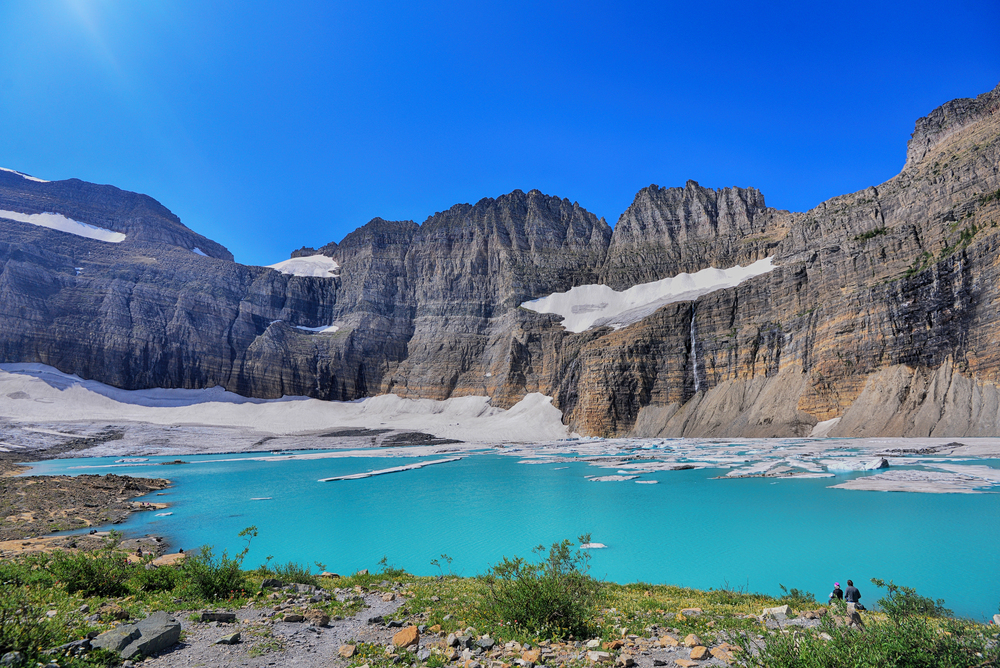
Once spanning 152 acres, this iconic glacier has lost nearly 90% of its ice volume
since 1850. The park’s popular Grinnell Glacier Trail offers direct views of the
retreating ice, with interpretive signs marking its historical extent.
Rangers lead educational hikes during summer months, explaining how climate change is transforming this alpine landscape.
Pastoruri Glacier, Peru
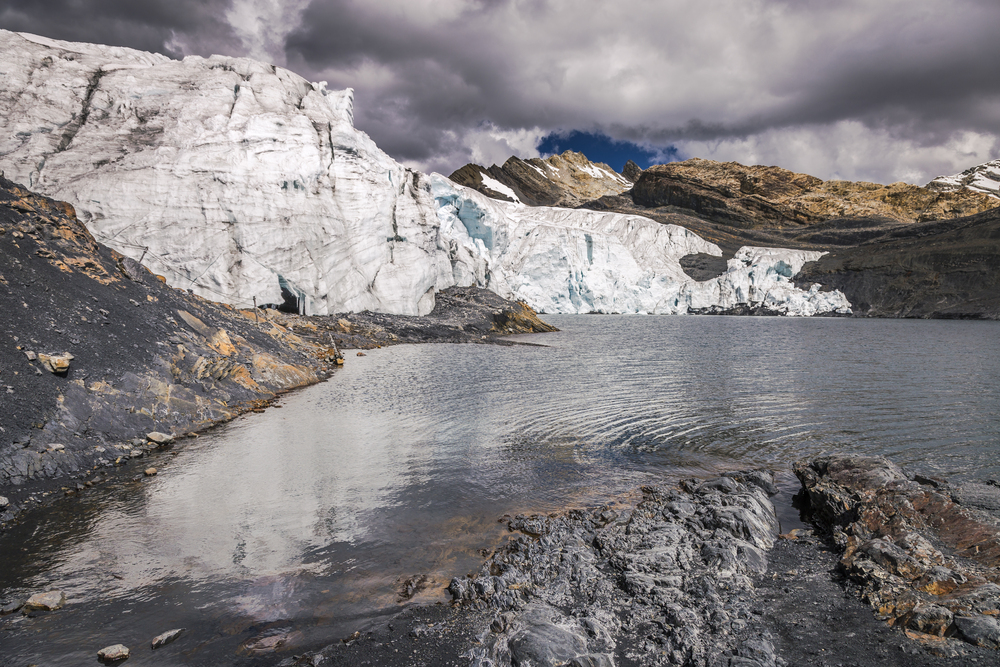
This rapidly retreating Andean glacier has become a symbol of climate change in
South America, losing half its size in just 20 years. Local tour operators now market
it as the ‘Climate Change Route,’ educating visitors about global warming’s impact
on high-altitude ecosystems.
The glacier’s meltwater feeds ancient aqueducts still used by indigenous communities for irrigation.
Like Travel Pug’s content? Follow us on MSN.
Norway’s Briksdalsbreen
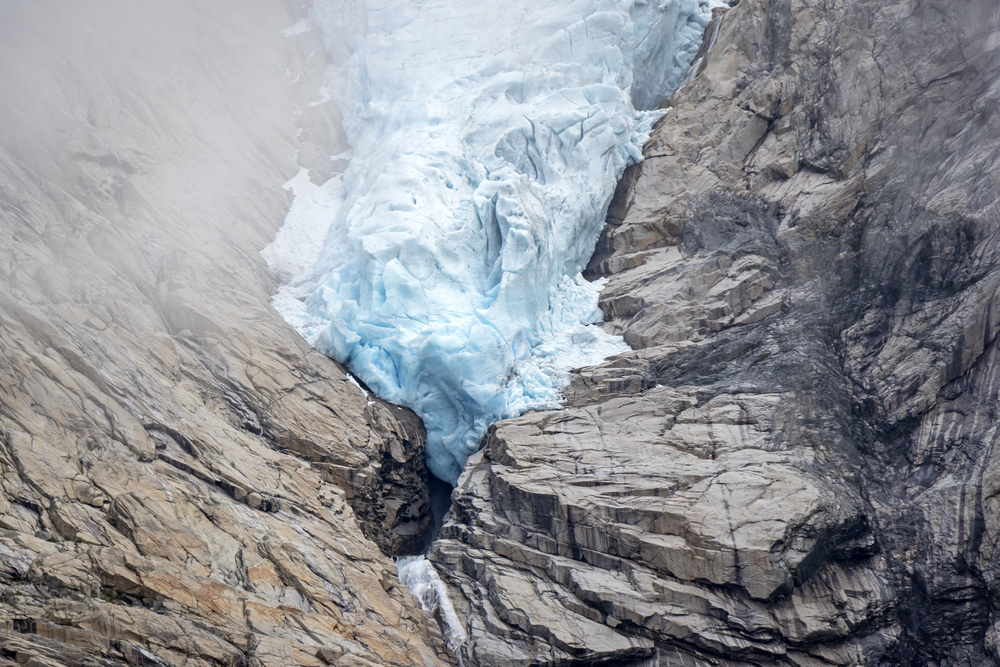
This easily accessible arm of Europe’s largest glacier offers dramatic evidence of
climate change through its visible year-by-year retreat. Marked trails show where the
glacier’s terminus stood in previous decades, creating a stark timeline of ice loss.
Local guides share stories of how the glacier’s retreat affects traditional farming and
tourism in the region.
New Zealand’s Franz Josef
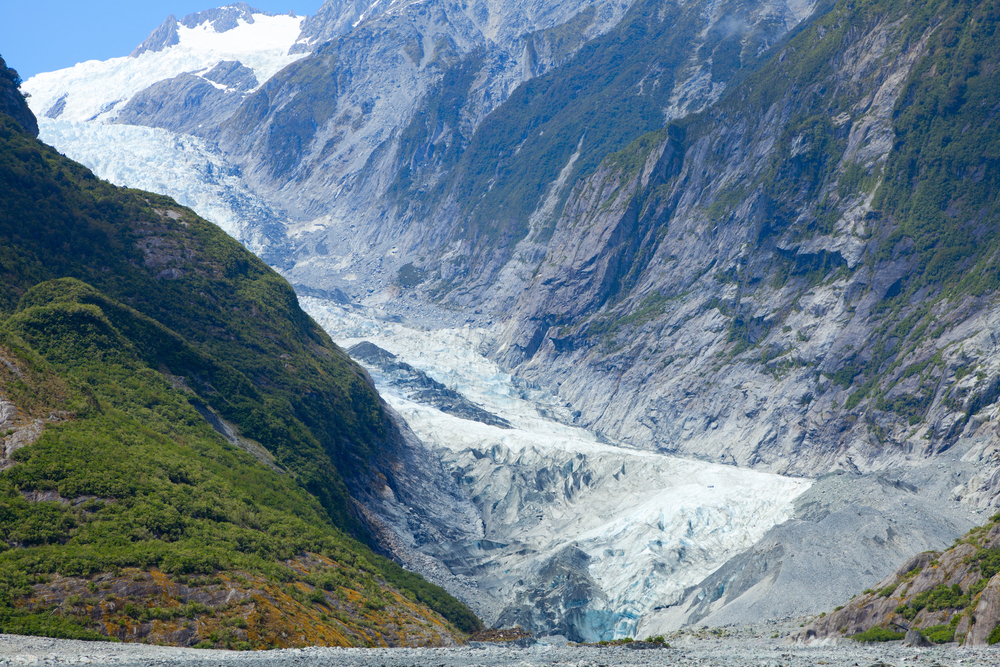
This unique glacier once flowed nearly to sea level, making it one of the world’s most
accessible ice formations. Helicopter tours now replace many walking routes as the
glacier’s retreat creates unstable terrain.
The local Māori name, Ka Roimata o Hinehukatere, reflects ancient legends about the glacier’s formation through frozen tears.
Tibet’s Rongbuk Glacier
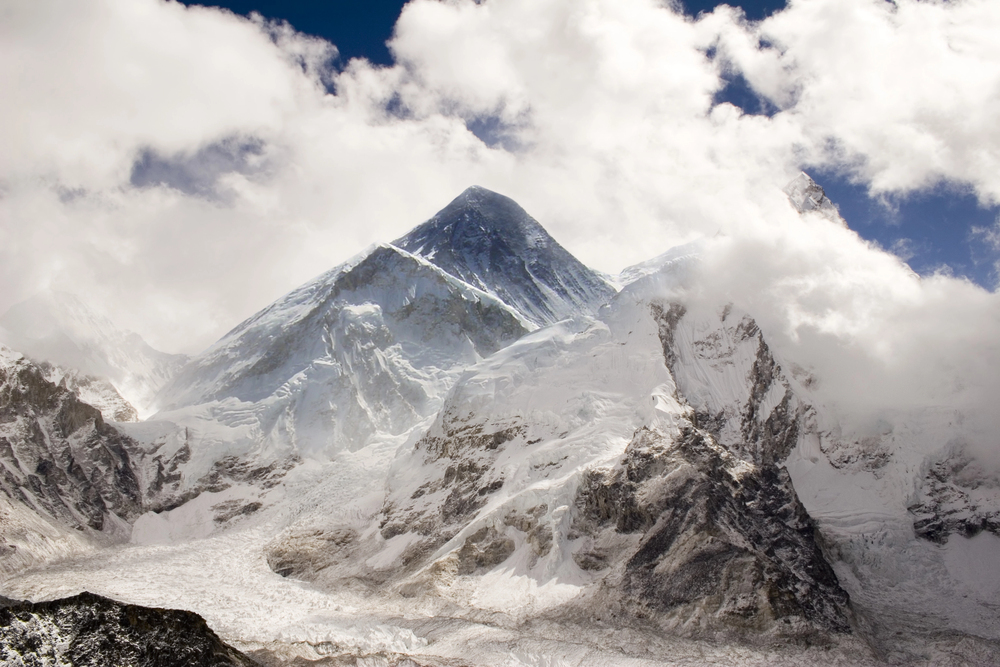
The highest glacier in Mount Everest’s northern approach has lost significant mass
since early mountaineering expeditions first documented it. Buddhist monasteries
near the glacier traditionally considered it sacred, viewing its retreat as a spiritual
warning.
Scientists study its rapid decline as an indicator of climate change’s impact on the entire Himalayan region.
Like Travel Pug’s content? Follow us on MSN.
Iceland’s Sólheimajökull
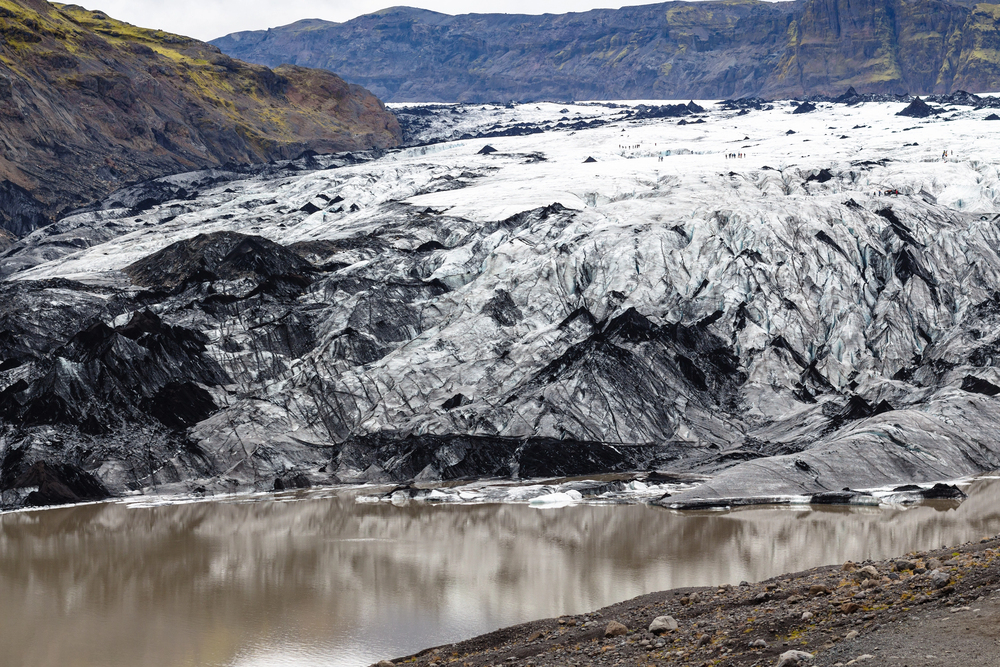
This outlet glacier of the Mýrdalsjökull ice cap serves as a living laboratory for
climate change research. Guided ice walks reveal how the glacier’s surface darkens
with accumulated dust as it melts, accelerating the warming process.
Local tour companies maintain photographic records showing the glacier’s dramatic retreat over recent decades.
Argentina’s Perito Moreno
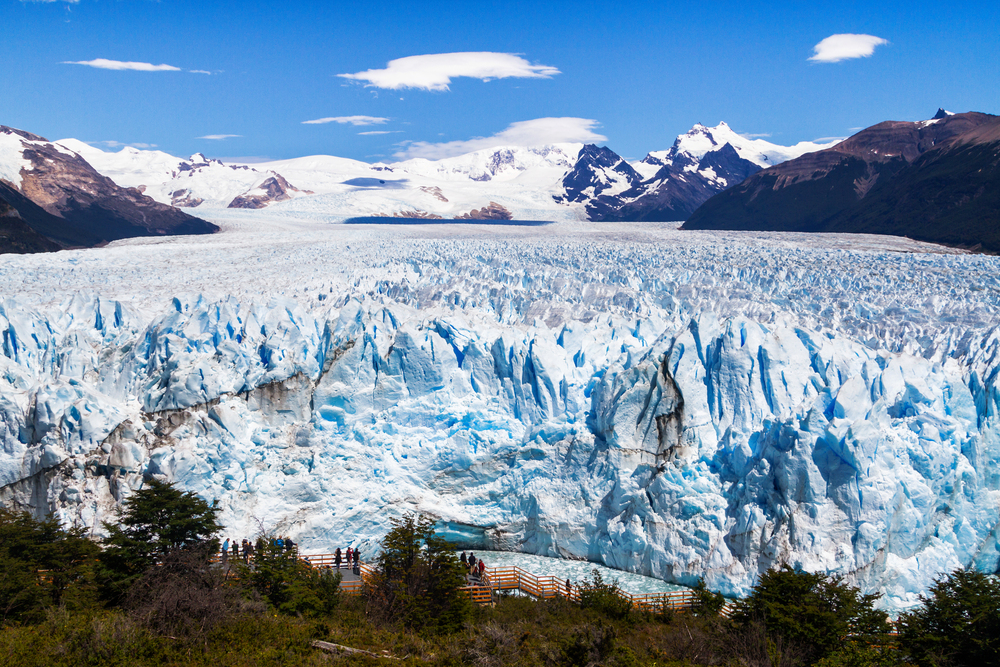
Unlike most vanishing glaciers, this massive ice formation still maintains a cyclical
pattern of advance and retreat. Viewing platforms allow visitors to witness
spectacular ice-calving events as massive chunks break into Lake Argentino.
Scientists study this unique glacier to understand why it behaves differently from
others in the region.
Switzerland’s Aletsch Glacier
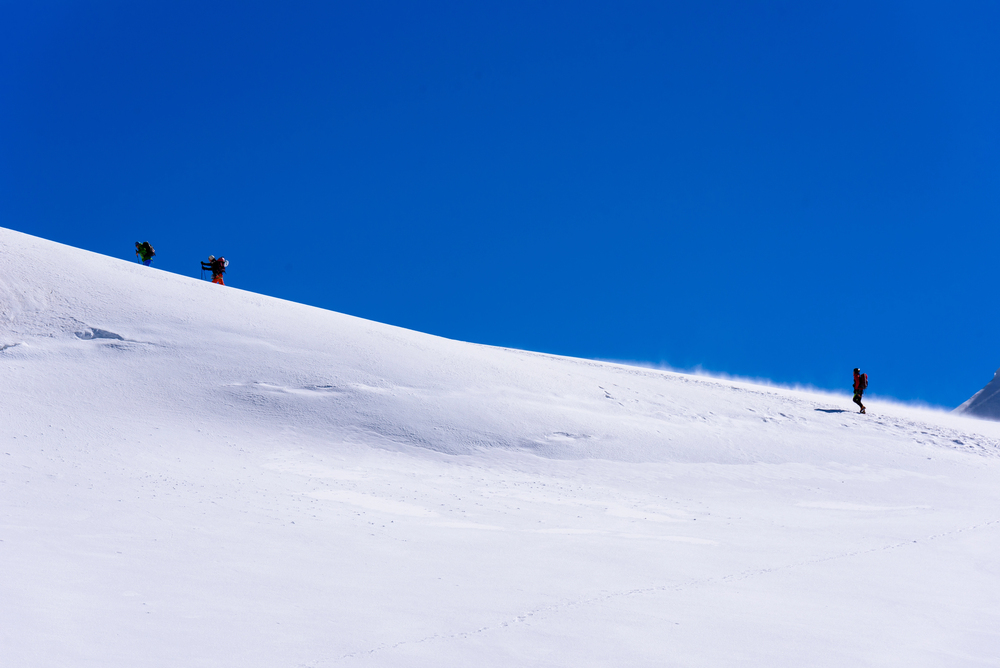
Europe’s largest glacier has lost over 2.2 miles of length since 1870, with retreat
accelerating in recent decades. Multiple viewing platforms and mountain huts offer
perspectives on this UNESCO World Heritage site’s dramatic ice loss.
Traditional alpine communities are adapting as reduced meltwater affects local agriculture and hydroelectric production.
Like Travel Pug’s content? Follow us on MSN.
Canada’s Athabasca Glacier
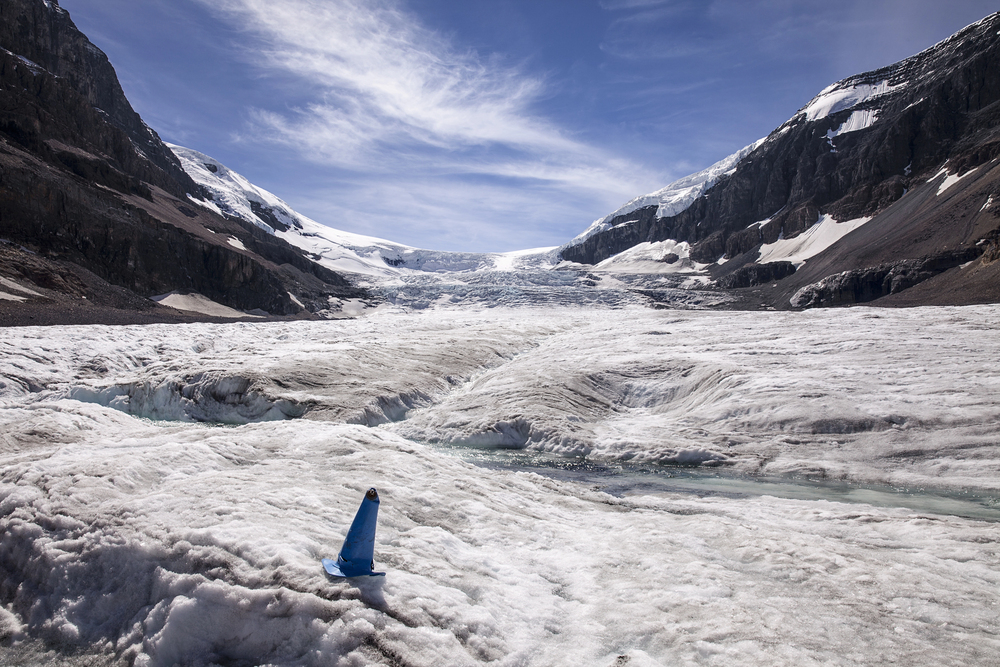
This easily accessible glacier in the Columbia Icefield has retreated nearly 1 mile in
the past century. Markers along the access road show where the ice once reached,
creating a sobering timeline of retreat.
Specially designed ice explorers still transport visitors onto the glacier’s surface, though accessible areas shrink yearly.
Nepal’s Khumbu Glacier
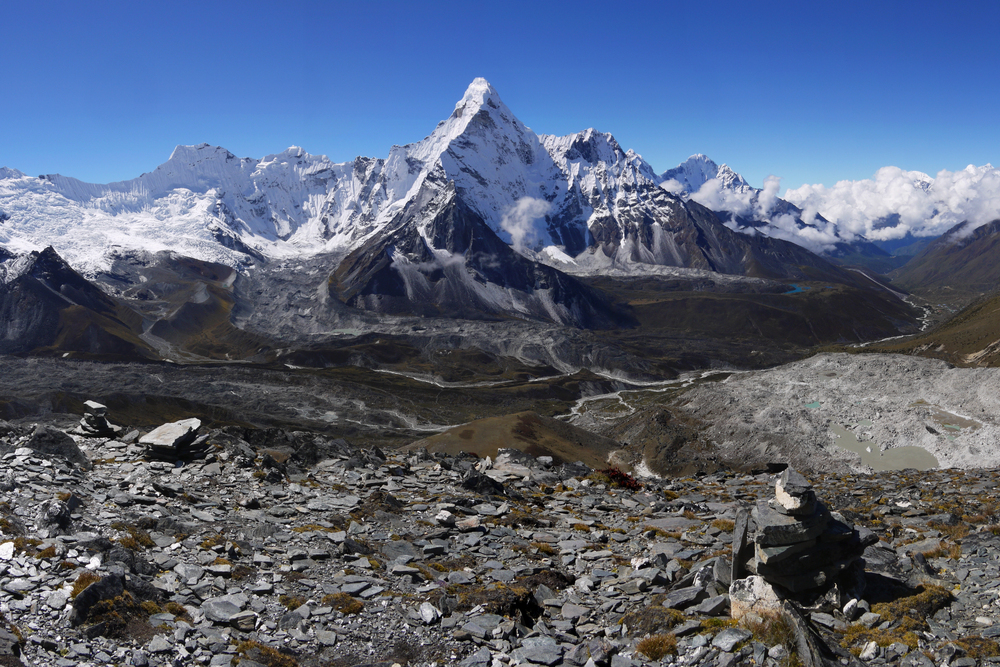
This Everest glacier’s rapid retreat threatens both local communities and
mountaineering routes. Traditional Sherpa villages depend on its meltwater for
agriculture and daily life.
The glacier’s deterioration creates new challenges for climbers attempting Everest’s traditional South Col route.
Russia’s Fedchenko Glacier
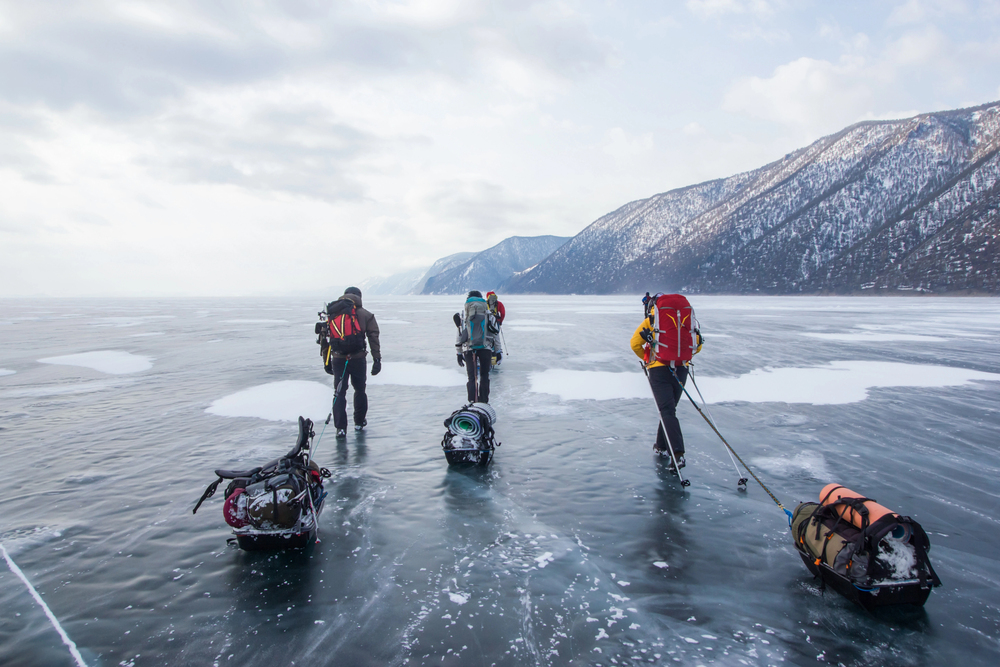
The world’s longest glacier outside polar regions shows significant retreat despite its
massive size. Scientific expeditions document its shrinkage while studying the
impact on Central Asian water resources.
Local communities face increasing challenges as reduced meltwater affects traditional agricultural practices.
Like Travel Pug’s content? Follow us on MSN.
Alaska’s Muir Glacier
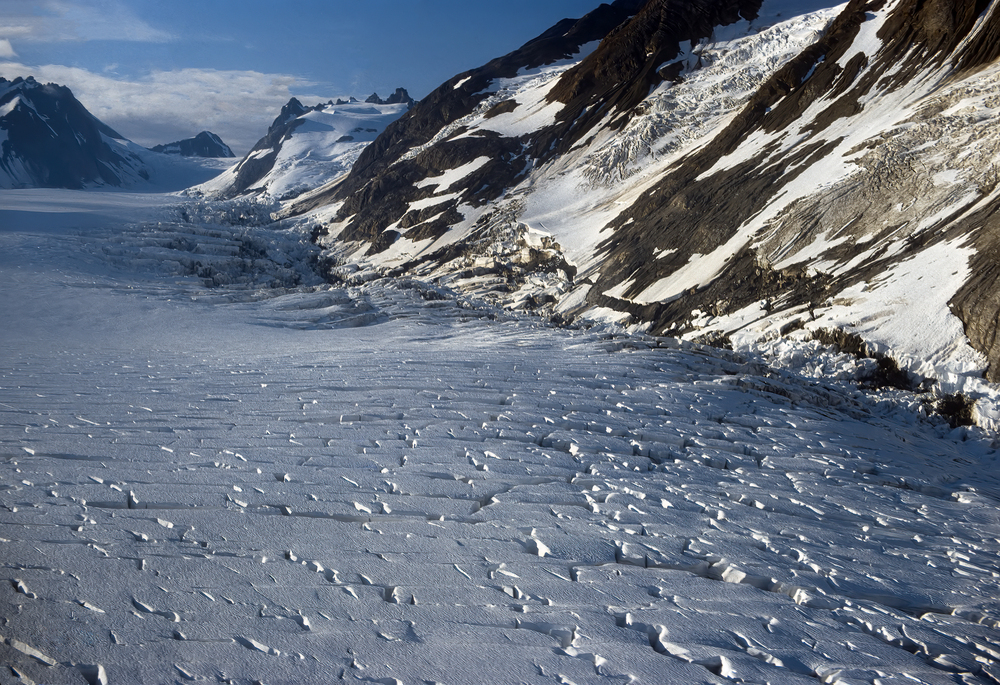
Once filling Glacier Bay, this massive ice formation has retreated more than 31 miles
since it was first photographed in 1941. Cruise ships now navigate waters where
thick ice stood just decades ago.
Park rangers use historical photographs to demonstrate the dramatic scope of ice loss to visitors.
Chile’s Jorge Montt Glacier
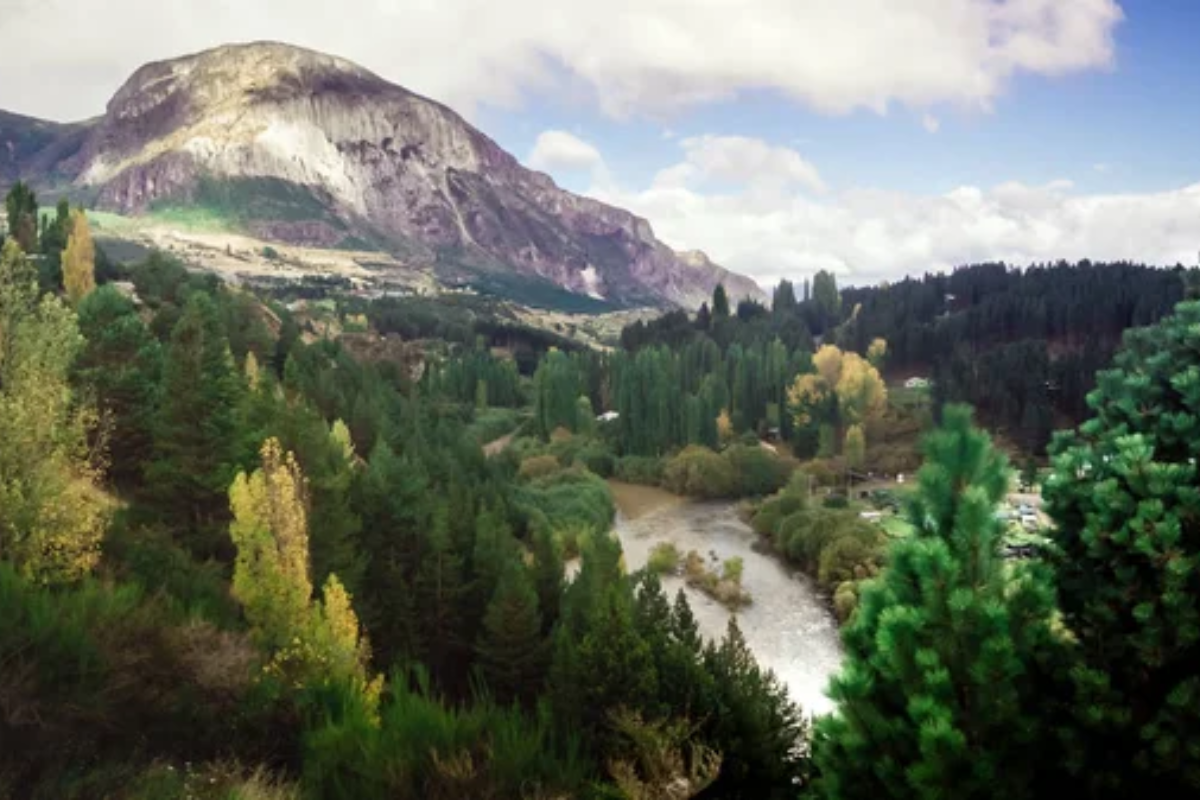
This Patagonian glacier has become one of the fastest-retreating ice masses in the
Southern Hemisphere. Boat tours allow visitors to witness frequent calving events as
the glacier rapidly disintegrates.
Scientists study its accelerating retreat as an indicator of climate change’s impact on the Southern Patagonian Ice Field.
China’s Mingyong Glacier
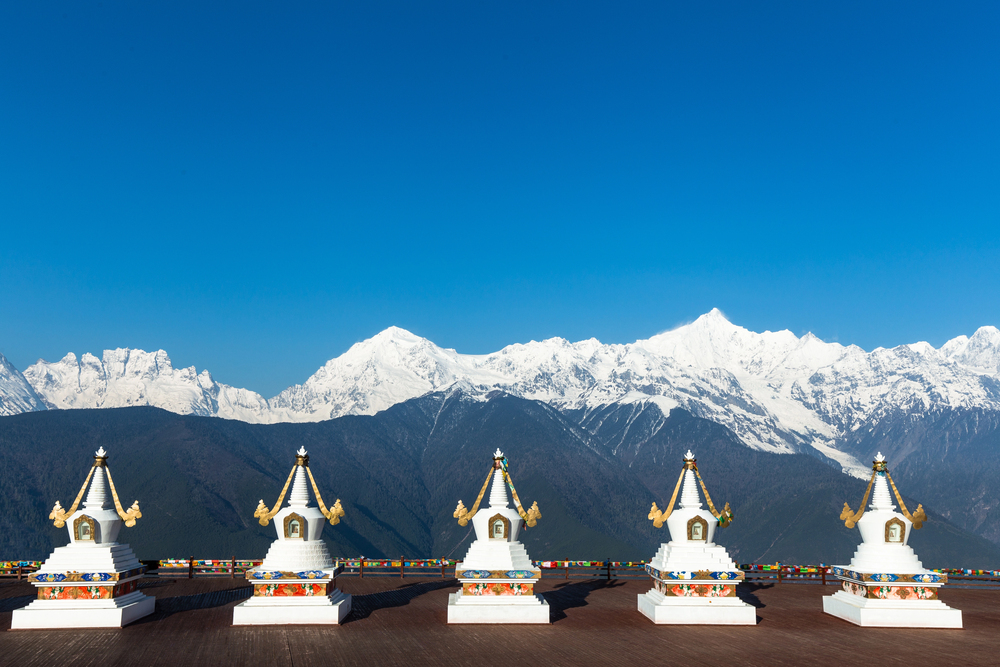
This sacred glacier on Mount Meili has lost nearly a quarter of its length since the
1950s. Local Tibetan Buddhist communities consider its retreat a spiritual crisis
requiring religious ceremonies.
The glacier’s meltwater feeds important tributaries of the Mekong River, affecting downstream communities.
Like Travel Pug’s content? Follow us on MSN.
Austria’s Pasterze Glacier
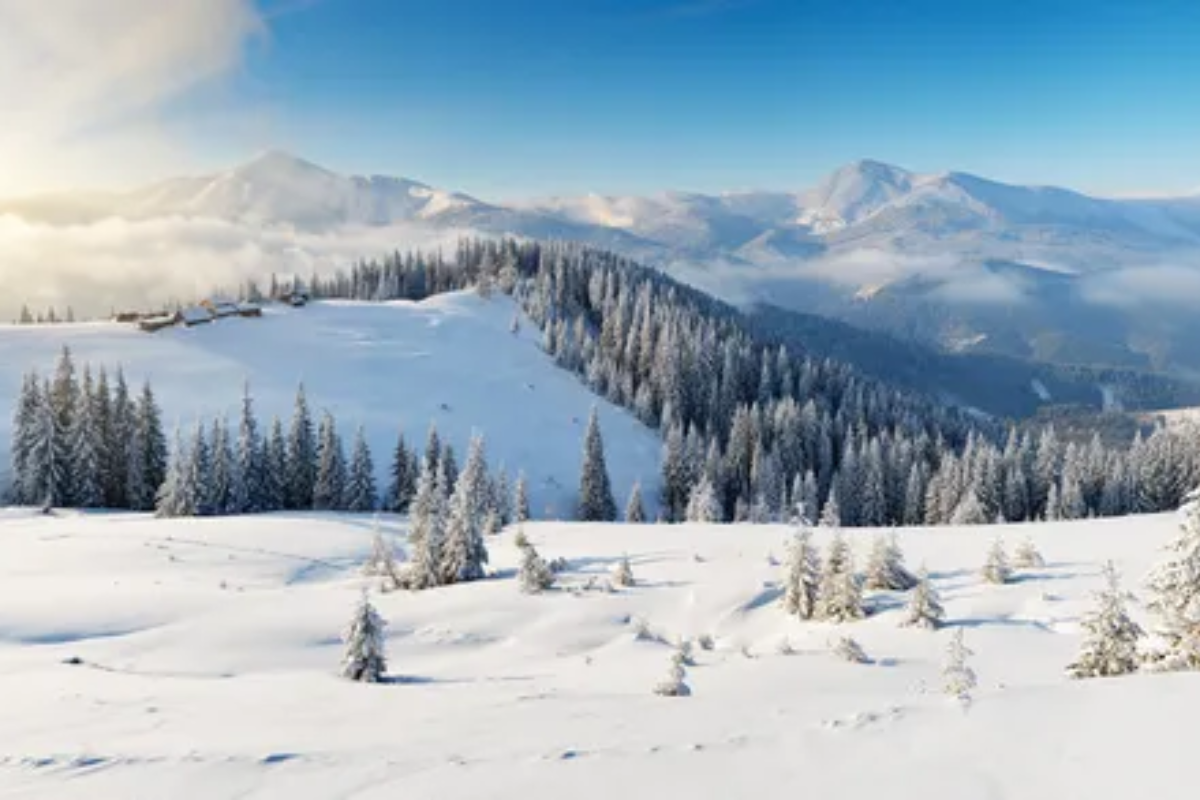
The longest glacier in the Eastern Alps has lost half its volume since measurements
began in 1851. The Grossglockner High Alpine Road offers dramatic views of the
glacier’s retreat through time.
Educational exhibits at the visitor center document the glacier’s decline while explaining its importance to alpine ecosystems.
Uganda’s Rwenzori Glaciers
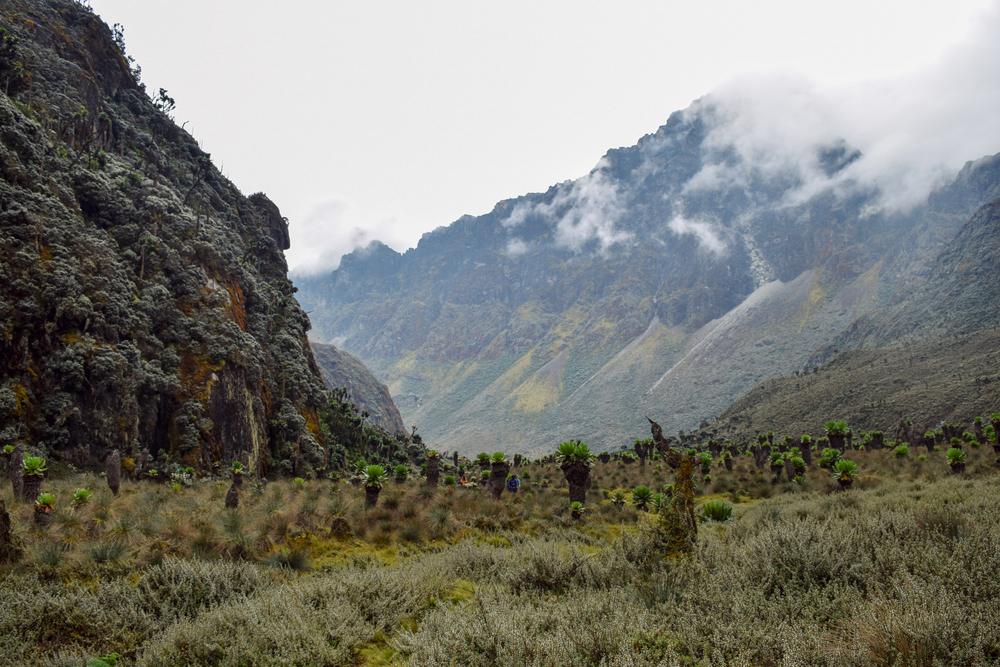
These rare equatorial glaciers may completely disappear within a decade, ending
millennia of permanent ice on the ‘Mountains of the Moon.’ Local communities
consider these vanishing glaciers sacred features of their ancestral landscapes.
Scientists study their rapid retreat as an indicator of climate change’s impact on
African mountain ecosystems.
Greenland’s Jakobshavn Glacier
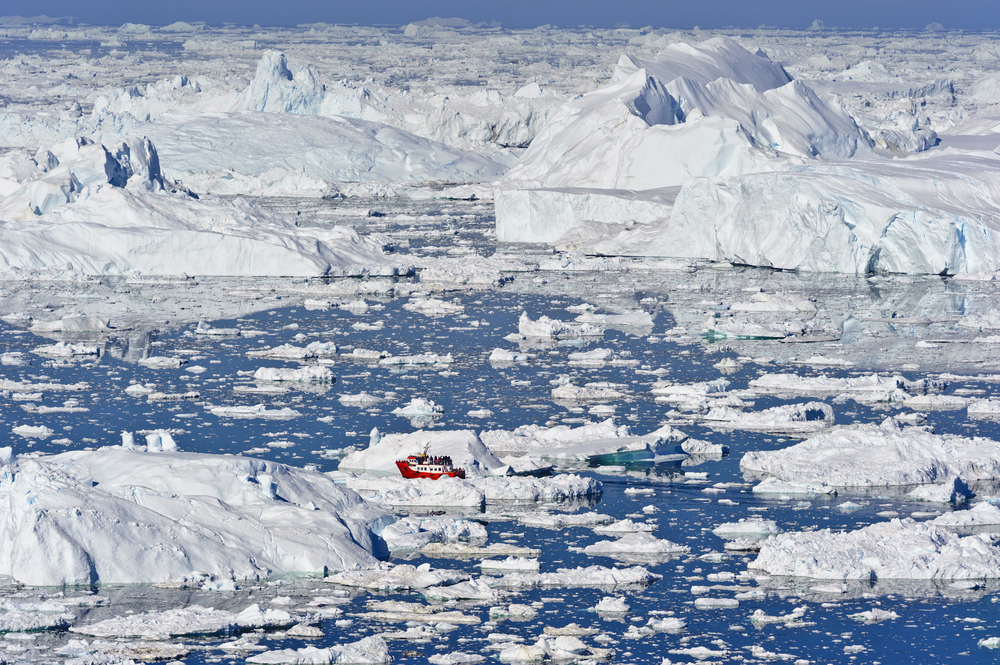
One of the fastest-moving glaciers in the world, its retreat contributes significantly to
global sea-level rise. Research stations monitor its accelerating ice loss while
studying the impact on ocean circulation patterns.
Local Inuit communities adapt traditional hunting practices as the changing glacier affects wildlife patterns.
Like Travel Pug’s content? Follow us on MSN.
Ecuador’s Cotopaxi Glacier
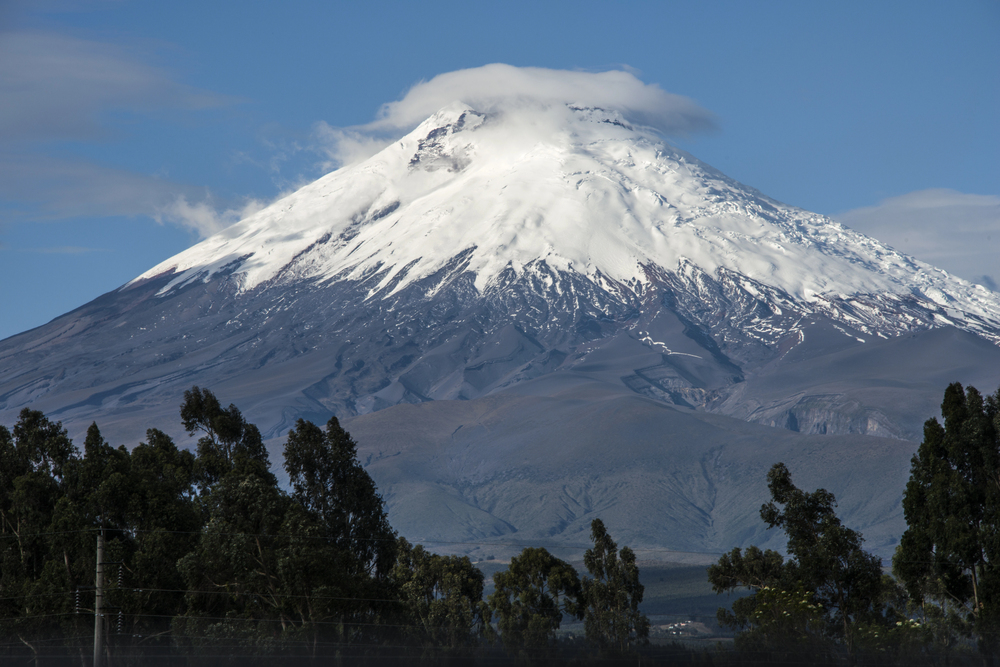
This equatorial glacier on an active volcano faces rapid retreat due to both climate
change and volcanic activity. Indigenous communities depend on its meltwater for
agriculture in the fertile valleys below.
Local guides share stories of how the glacier’s retreat affects traditional ways of life in the high Andes.
Bolivia’s Chacaltaya
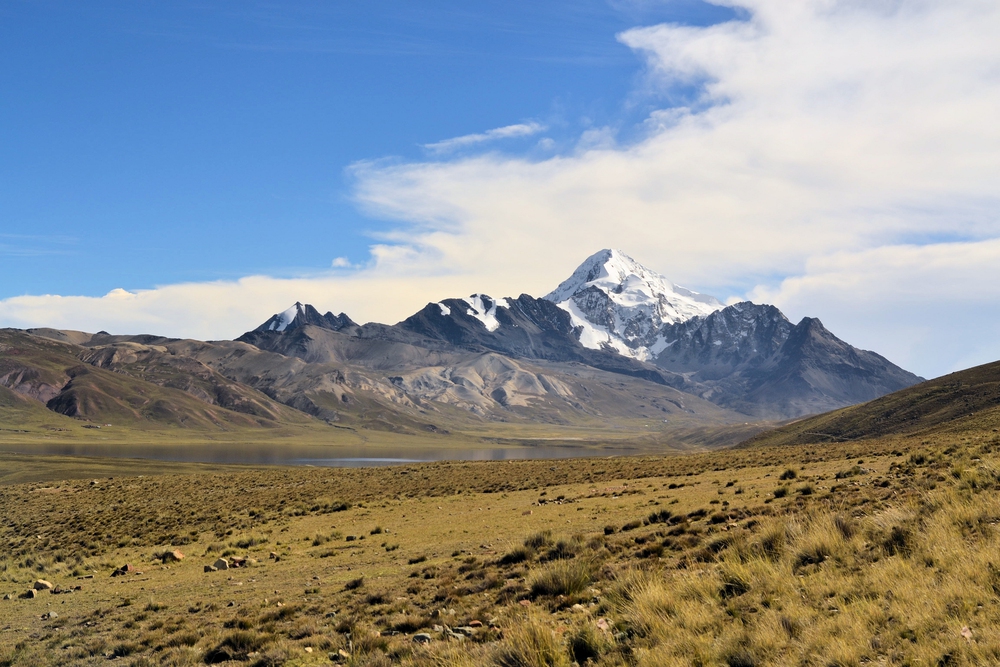
Once home to the world’s highest ski resort, this glacier disappeared completely in
2009, years ahead of scientific predictions. Its loss serves as a stark warning about
the acceleration of glacier retreat worldwide.
Local communities now use the former ski lodge as a climate change research station and educational center.
Norway’s Nigardsbreen
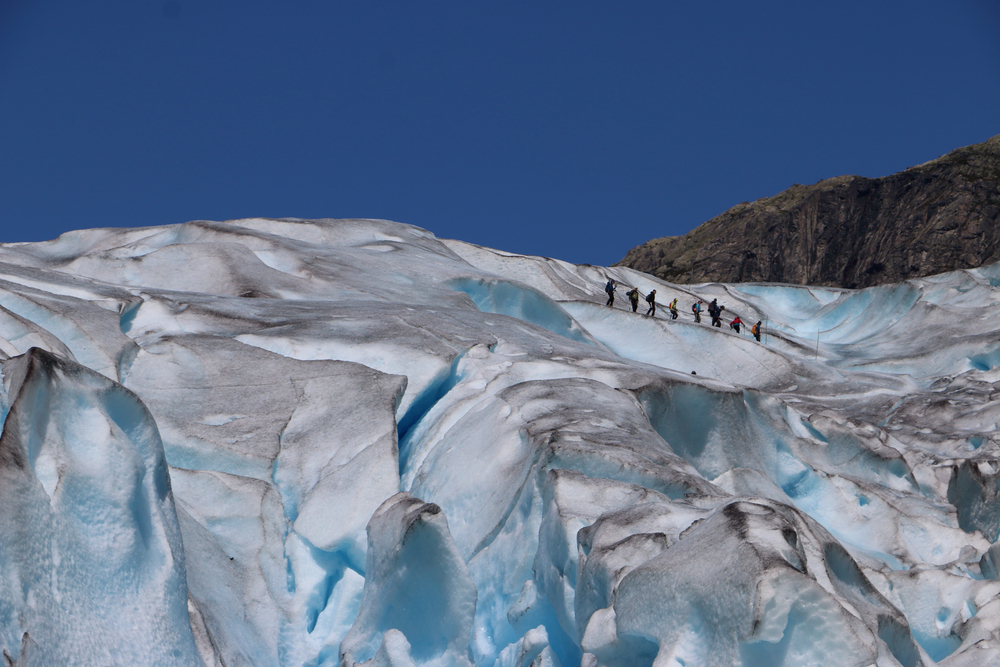
This impressive arm of the Jostedalsbreen ice cap has retreated significantly since
the Little Ice Age. Guided summer tours allow visitors to walk on the remaining ice
while learning about glacier dynamics.
Local folklore contains stories about the glacier’s advance and retreat cycles, though modern retreat exceeds historical patterns.
Like Travel Pug’s content? Follow us on MSN.
Vanishing Glaciers: A Climate Warning

These vanishing glaciers represent more than just impressive natural features – they
embody Earth’s changing climate and our last chance to witness ice ages past. Each
glacier tells a unique story of environmental change, cultural significance, and the
urgent need for climate action.
While many of these ice giants may disappear within our lifetimes, their
documentation and study provide crucial lessons about our planet’s future and the
importance of preserving what remains.
More from Travel Pug

- 15 Dangerous European Cities to Avoid
- 15 Caribbean Islands Where Tourists Keep Getting Scammed
- The 20 Most Fascinating Abandoned Places: A Journey Through Time and Forgotten Spaces
- 15 Hidden Places in the Smithsonian Museums Locals Love: A Guide to Lesser-Known Treasures
- 16 Hidden Florida Beach Towns That Aren’t Overrun with Tourists
Like Travel Pug’s content? Follow us on MSN.
